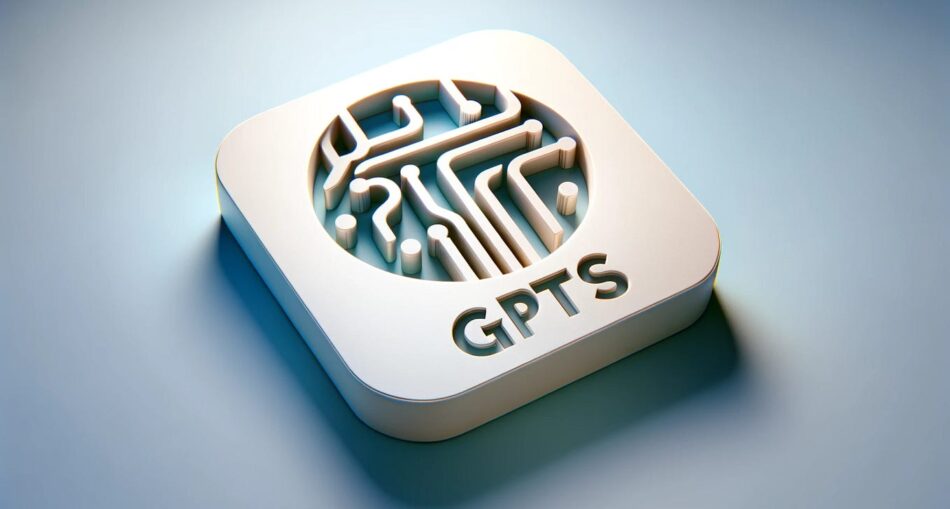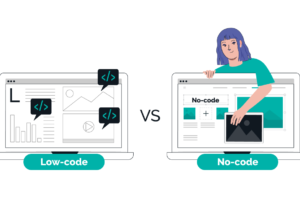Decoding GPTs: Understanding their Role in the AI Ecosystem
Artificial Intelligence (AI) has transcended the realm of science fiction, becoming an integral part of our daily lives. Among the marvels of AI are Generative Pre-trained Transformers, commonly known as GPTs. But what exactly are GPTs, and how do they fit into the vast AI ecosystem?
1. Introduction to GPTs
1.1 What are GPTs?
At their core, GPTs are sophisticated AI models capable of understanding, generating, and even summarizing human-like text. They belong to the transformer architecture, renowned for its ability to handle sequential data efficiently.
1.2 Why are GPTs significant in the AI ecosystem?
GPTs have garnered immense attention due to their versatility. They excel in various language-related tasks, making them invaluable for businesses, researchers, and developers worldwide.
2. Evolution of GPTs
2.1 From GPT-1 to GPT-4: A journey of advancement
The evolution of GPTs has been nothing short of remarkable. Starting from GPT-1, each iteration has witnessed significant improvements in performance, size, and capabilities.
2.2 Key milestones and improvements
Milestones such as increased model size, better fine-tuning techniques, and enhanced training data have propelled GPTs to new heights, enabling them to outperform their predecessors and even rival human-generated content.
3. How GPTs Work
3.1 Understanding the architecture
GPTs leverage transformer-based architectures, allowing them to process and generate text by attending to different parts of the input sequence simultaneously.
3.2 Training process and data sources
The training process involves exposing the model to vast amounts of text data, sourced from the internet or curated datasets. Through iterative learning, GPTs fine-tune their parameters to better understand and replicate human language patterns.
4. Applications of GPTs
4.1 Natural language understanding
GPTs excel in tasks such as sentiment analysis, language translation, and text classification, demonstrating a deep understanding of context and semantics.
4.2 Content generation and summarization
One of the most intriguing capabilities of GPTs is their ability to generate coherent and contextually relevant text. From creative writing to automatic summarization, GPTs have revolutionized content creation.
4.3 Chatbots and virtual assistants
GPT-powered chatbots and virtual assistants are becoming increasingly indistinguishable from humans, offering personalized interactions and efficient problem-solving capabilities.
5. Ethical Considerations
5.1 Biases and Fairness
Despite their capabilities, GPTs are not immune to biases present in the data they are trained on. Addressing these biases is crucial to ensuring fairness and inclusivity in AI applications.
5.2 Misuse and potential dangers
The immense power of GPTs also raises concerns about potential misuse, including spreading misinformation, deepfake generation, and amplifying harmful stereotypes.
6. Future Outlook
6.1 Advancements on the horizon
The future of GPTs holds promise for even more powerful models capable of nuanced understanding and generation of human-like text across multiple languages and domains.
6.2 Addressing ethical concerns
As GPTs continue to evolve, efforts to mitigate biases and ensure ethical use must remain a top priority for researchers, developers, and policymakers.
7. Conclusion
In conclusion, GPTs represent a significant milestone in the journey of AI, offering unparalleled capabilities in natural language understanding and generation. While their potential is vast, it is essential to navigate ethical challenges and harness their power responsibly.
Frequently Asked Questions (FAQs)
1. Are GPTs conscious beings?
No, GPTs are not conscious beings. They are sophisticated algorithms designed to process and generate text based on patterns learned from data.
2. Can GPTs replace human writers?
While GPTs can generate text, they lack creativity, critical thinking, and emotional intelligence. Human writers bring unique perspectives and insights that cannot be replicated by AI.
3. How do GPTs handle multiple languages?
GPTs can be trained on multilingual datasets, enabling them to understand and generate text in various languages. However, their proficiency may vary depending on the language and the quality of training data.
4. What measures are in place to prevent GPTs from spreading misinformation?
Efforts are underway to develop robust fact-checking mechanisms and promote media literacy to combat misinformation propagated by GPTs.
5. Are there any limitations to GPTs?
While GPTs are highly capable, they are not flawless. They may struggle with understanding context in complex or ambiguous situations and can produce inaccurate or nonsensical output without proper oversight and guidance.







